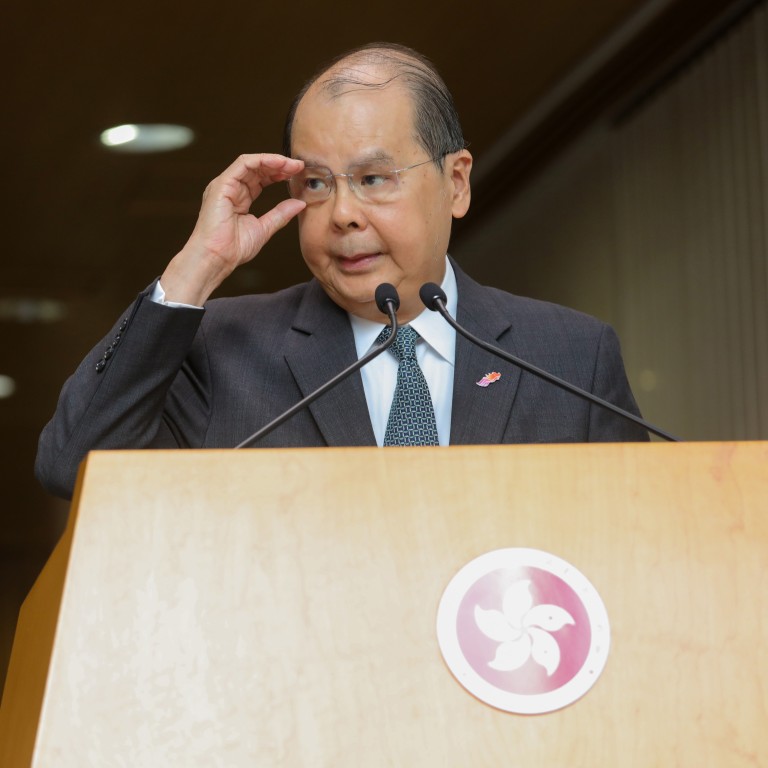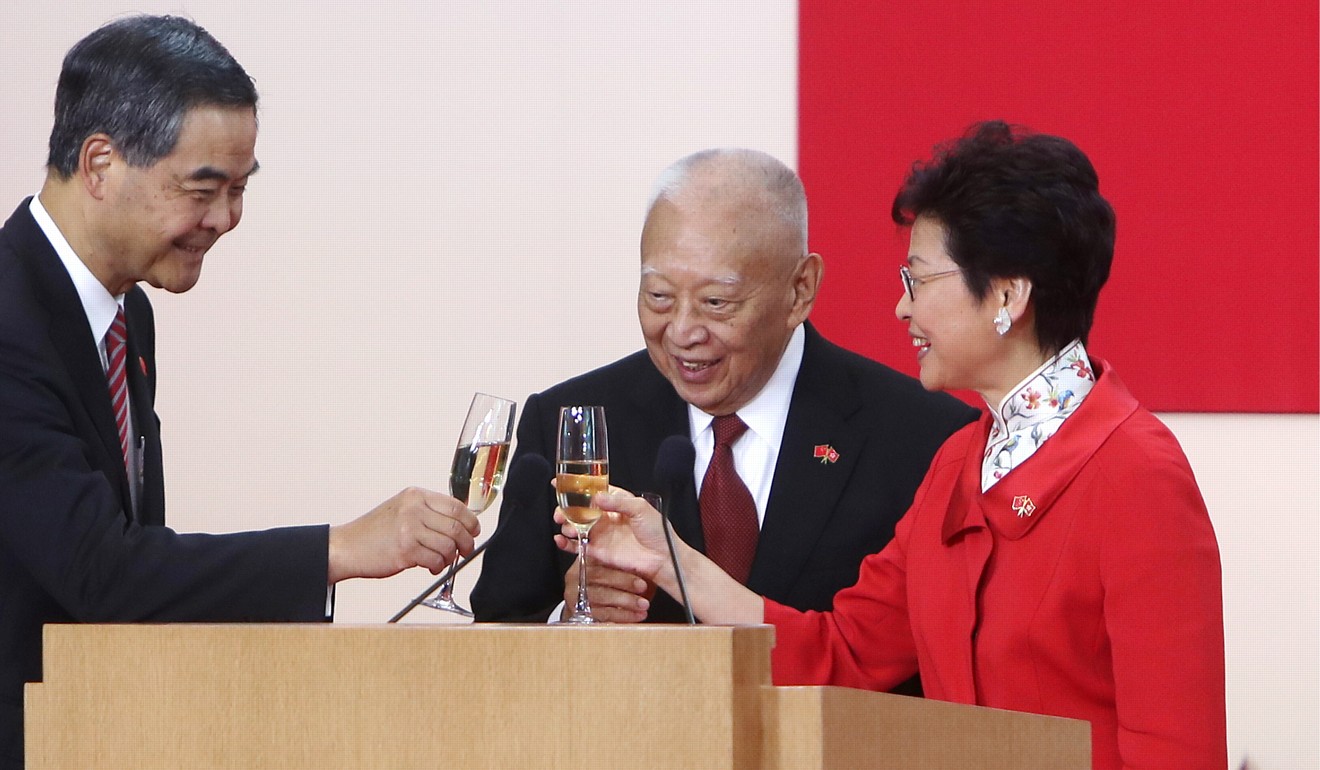
As Hong Kong’s protests rage on, Chief Secretary Matthew Cheung has become an inadvertent voice of reason
- While Hong Kong’s second most senior official sparked ridicule when he said he could not point to the exact source of public anger in the absence of a public-opinion poll, such a survey is urgently needed
Let’s give the devil his due. Hong Kong’s second-in-command Chief Secretary Matthew Cheung Kin-chung, deserves a round of applause for being shamelessly honest.
Don’t laugh at him. Being chief secretary is not easy. He is responsible for implementing government policy and overseeing the administration of the entire territory. All government departments report to him. It means reading a mountain of files, acting on them and attending a string of meetings every day.
Amid all that, if Cheung couldn’t find the time to read newspapers or listen to RTHK’s morning programme to find out what exactly is firing up protesters to risk their lives, it is understandable. A public opinion survey, as he said, would surely be the best way to gauge the public pulse.

Those mocking Cheung should note that he accords public opinion the respect it deserves. Certainly, he takes it more seriously than his boss, Chief Executive Carrie Lam Cheng Yuet-ngor.
How can Hong Kong get out of this rut?
How Hong Kong leaders spurned chance to listen to public opinion
So, perhaps Cheung concluded that the public statement he chose to make in Legco was the only way for him to make powers above him rethink their stance. His message seems to be: conduct a public-opinion poll by an internationally reputed agency to figure out the source of public anger and what people think of the government’s policies.

Though a committee of Beijing fans nominated Lam, she took office with a good measure of public support, given the general dislike for her predecessor. After she was elected, she displayed humility, pledging to work to “heal the divide and to ease the frustration, and to unite our society to move forward”.

Is it not time Lam ordered an opinion poll and found out the reasons for the lingering public anger?
Viswa Nathan, a Hong Kong-based journalist, was the editor in chief of the now-defunct broadsheet morning daily, Hong Kong Standard

